|
Caspar David Friedrich has always been one of my favorite landscape painters and I have always wanted to teach about him! Friedrich was a 19th century Romantic landscape painter. Romanticists were artist who believed in the beauty and awe of nature and sought to depict emotions through their landscapes. While looking through some of his paintings, students talked about the different emotions his paintings evoked and why they may have experienced those feelings. Friedrich is most well-known for the painting Wanderer Above a Sea of Fog which can be seen below. This painting has been hugely inspirational for many movie and book covers and the kids loved seeing the influence it had. Throughout this project, we really focused on space and value. We noticed that as things got farther away from us in the picture, the colors got lighter and became tints. We also noticed that things got higher on the painting. Things that are closer are lower and darker in the painting. We made sure to take these things into account when making our artwork.
The first day, students chose a blue, green, or purple background. They were expected to paint with whatever color paper they had chosen. Students scooped out a bit of their chosen color onto a magazine page (these work great as paint palettes because they can be thrown away when finished) and I came around and gave them a squirt of white paint. I told them that the tip to mixing tints was always to add the color to the white paint. Students added a touch of color to their white, mixed it, and painted a mountain towards the top of their paper. Then they added a little bit more of the color, making it slightly darker, and painted another mountain below the first one, making sure that it overlapped. They painted four rows of tinted mountains on the first day. The second day, students scooped out some more of their color and I gave them a squirt of black this time. When mixing shades, we learned that this was opposite of how we mixed tints. With shades, we had to add a touch of black into the color instead of the other way around. Students painted four rows of shaded mountains, making sure they reached the bottom of their papers. When they were done, we had a discussion about what it would feel like to stand on top of a mountain and what kind of poses they would strike. We finished off class by taking out pictures in those poses. The last day of the project, students received a strip of black paper and their photograph of their self from the previous class. Students tore one edge of the black strip of paper and then crumpled it up to give it some texture. They glued this to the bottom of their paper to make it look like the land they would be standing on. Then they cut out their picture and glued it down to look as if they were the wanderer on top of the mountain. When they were finished, we did a little writing activity and placed ourselves into the role of the wanderer. We wrote about where we would travel to and what we would want to see/do while we were there. Students also had the option to draw a picture of where they would go on the back of the worksheet. I loved reading about where they would go!
0 Comments
This was a new project for me this year. I got the idea from the fabulous Cassie Stephens!
We learned a bit about Vincent Van Gogh before starting this spooky lesson. Students started off by making small dashes using oil pastels on the ground and sky. In the sky, they focused on using warm colors and making radiating circles to represent the stars. Next, they used watercolors to paint over their oil pastels. The second day, I introduced them to Tim Burton and his creepy architecture. We noticed that a lot of things in his movies are crooked. We also noticed that his buildings were smaller at the bottom and bigger at the top. This helps to create an eerie feeling. Students took these observations to heart and drew, cut out, and glued down their haunted house. The final day, students used black and silver sharpies to add details to their houses, as well as some other details to their backgrounds (cats, gravestones, etc). Here are some photos of our Alexander Calder project this year and my write up from last year to go with it.
To finish off the school year, I thought we would do one last architecture project. Architecture is my favorite thing to learn about in art! I saw this project over at Deep Space Sparkle and knew that I just had to do it! We also quickly looked at Marz Jr.'s illustrations. I didn't go too in-depth on him but he is an illustrator who often depicts iconic buildings or things from pop culture in his works. Many times, the thing that he is trying to draw your attention to he will leave white while the background is colored. This contrast in colors creates a focal point. With Chicago being so close to us, the students and I talked about the history surrounding the architecture. We talked about the Great Chicago Fire and how a clumsy ole' cow tipped over a lantern. The ensuing fire burnt down a large chunk of the city. This left architects with an open canvas to rebuild and re-design the city. Architects had to work vertically due to limited space and this was largely made possible because of the recent invention of steel.
Throughout this project, we talked about the repeated geometric shapes in buildings. We also talked about space and how size and overlapping create this feeling. I had one student ask me about Antoni Gaudi which blew me away because he is one of the few architects who uses organic shapes rather than geometric. She had read a book about him! Students drew 2-3 buildings on a colored background and then one more building on a white paper. Then they sharpie'd and erased. After gluing their white building down, we talked about why the white building was the first thing we noticed. This is called the focal point or emphasis. This is due to the contrasting color of the white building. This is a project that I did last year with my 2nd graders that I decided to bring back again for this year. We learned about Claude Monet and his history changing art-style, Impressionism. Impressionists focused on painting light and its effects on color. I found that this year's 2nd graders were much more successful with their wet-on-wet watercolor technique. I'm not sure if I taught it differently or what but I was very impressed with their painting results. This year, I cut out the part where students drew on the bridge's woodgrain too.
Here is a link to the project instructions from last year: http://devoncalvert.weebly.com/2nd/monets-lily-pond 2nd grade carried on with learning about value. This time, we used it when creating seascapes rather than landscapes. We decided to check out one of my favorite artists, Edward Hopper. Hopper was an American realist painter. He liked to paint lonely scenes of everyday American life. His paintings come off as being uneventful moments captured in time. He is most well-known for his highly parodied painting, Nighthawks. This project is loosely based on Cassie Stephens' Leif Erickson background. 2nd grade recapped on space, value, and tints and shades. We noticed that in this painting by Hopper, the lighter colors were at the bottom of the painting and the darker colors were further away. This was opposite of what we noticed with landscapes. Students partnered up and one partner painted two 6x18 tints and the other painted two 6x18 shades. This project, they got to mix their own tints and shades. We learned that when mixing tints, we start with white and add our color to it. With shades, we start with the color and add black to it.
The second day, students sponge painted a background paper with white. They then sponge-painted two more colors on top of their white paint. Then they CAREFULLY tore each of their strips of paper from the previous class in half and gave one half to their partner. Now each student had two tints and two shades. Students ordered their torn strips from lightest to darkest (lightest at the bottom). They glued down their strips, starting with the shades in the center of their paper and worked their way down to the tints at the bottom. The final day dealt with Mr. Calvert taking on one of his biggest fears, origami! We sat in a big ole' circle and worked step-by-step together until we folded an origami sailboat. Students had the chance to make two boats if they wished. The last steps to do were to curl the tops of their waves and then glue down their boats, being careful to take space and size into consideration if they had two boats. I did this project last year and it was super popular. If you wanna read all the details about the project, click here: http://devoncalvert.weebly.com/2nd/category/burton
Otherwise, try not to get too scared looking at these SPOOOOOOOKY haunted houses. |
Devon CalvertHarmony and Consolidated Elementary Art Teacher in Milton, WI. UW-Eau Claire graduate. WAEA President. Apple Teacher. Archives
March 2019
Categories
All
|











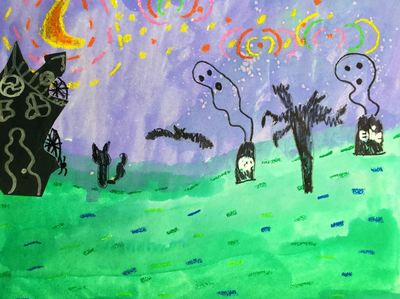










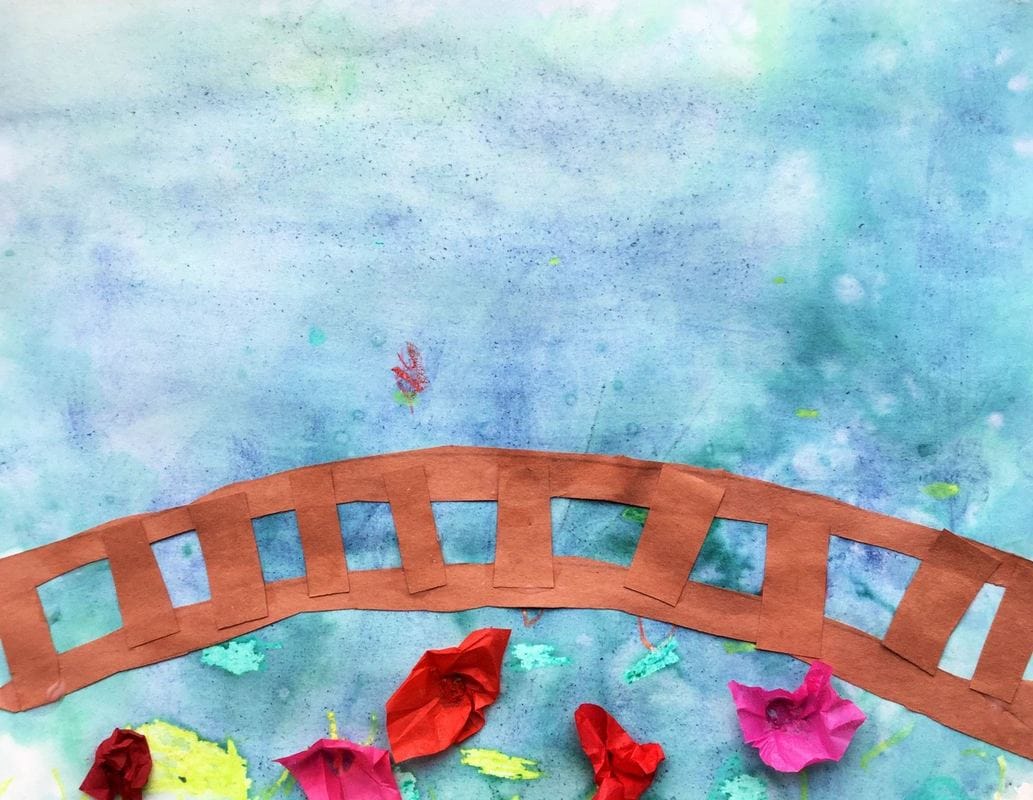
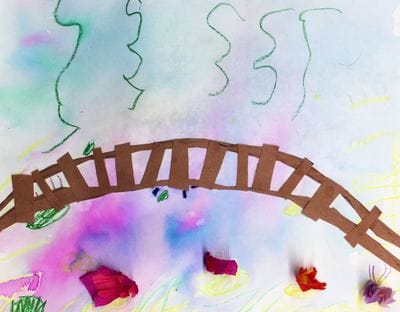
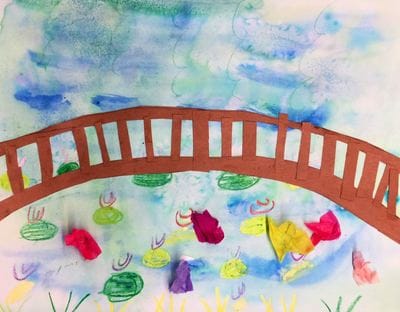



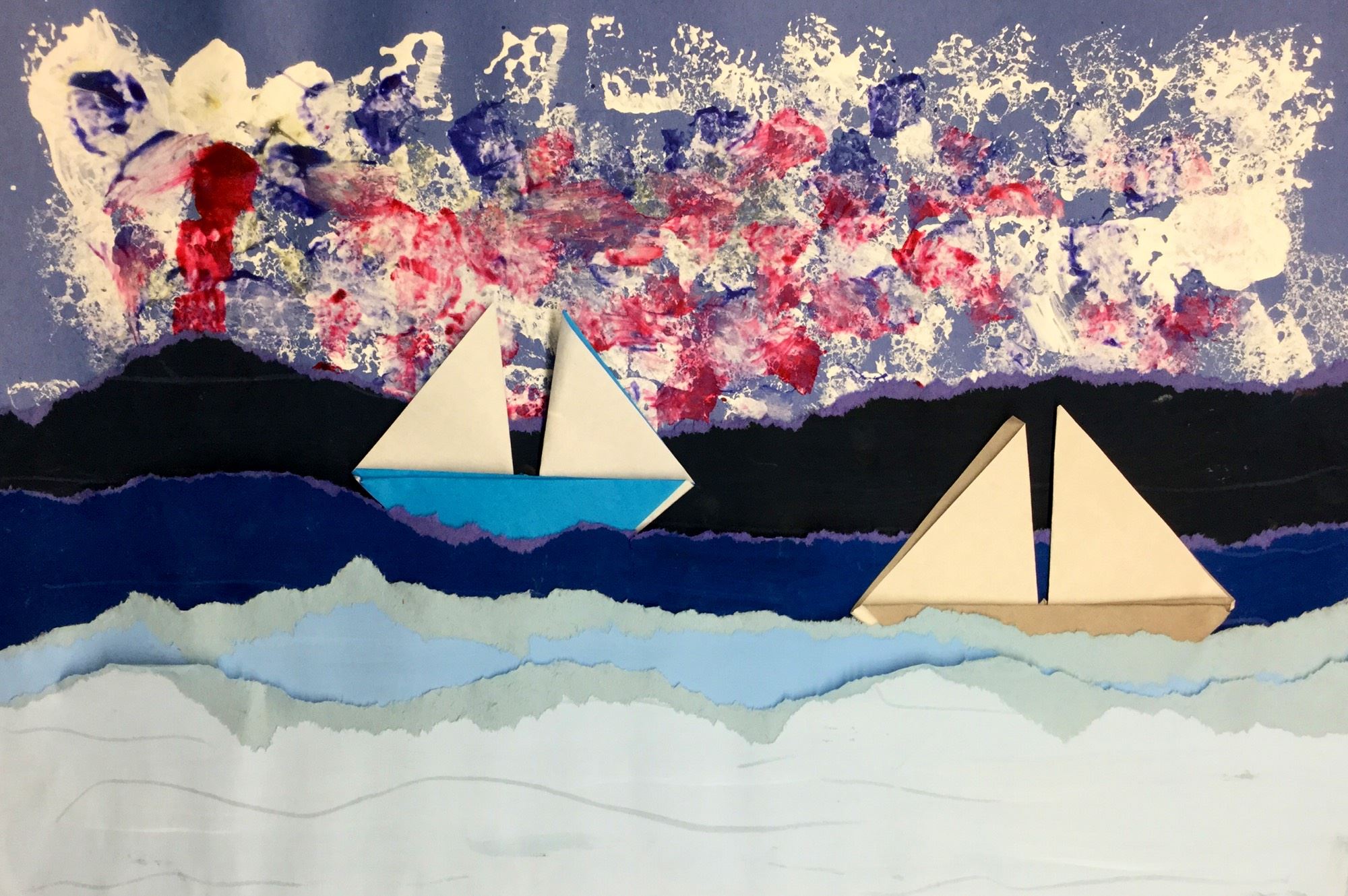





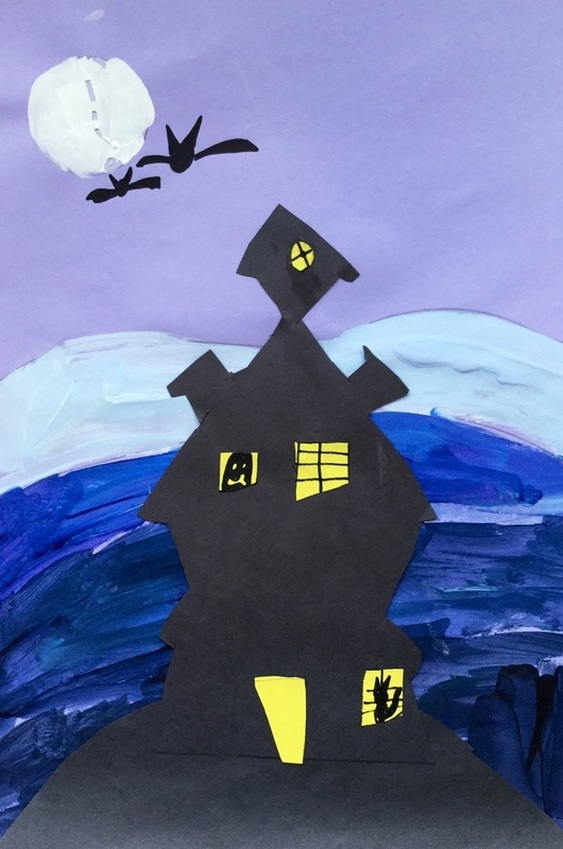


 RSS Feed
RSS Feed
